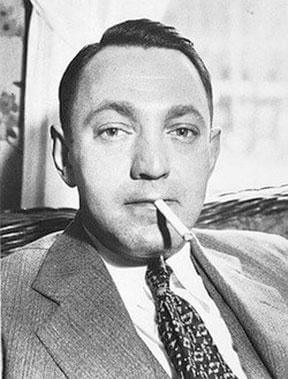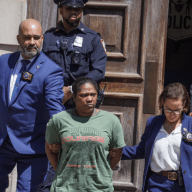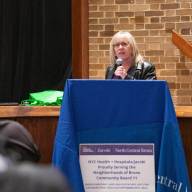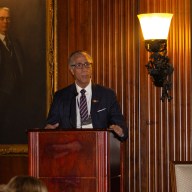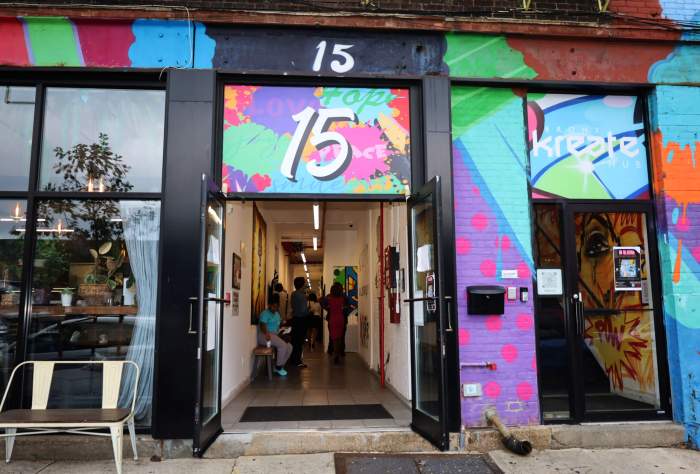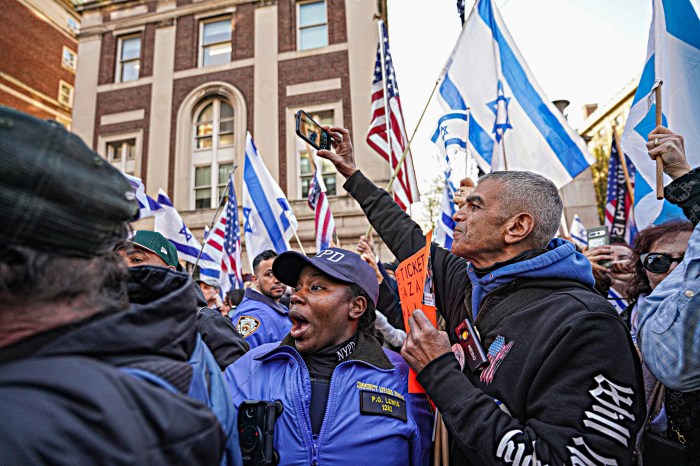It was also no surprise when Harry and a partner decided to open their own speakeasy on Tremont Avenue just north of Miles Avenue. They well knew how to acquire the product they hoped to serve. Since Harry came from Edgewater Park and his partner came from Silver Beach, they combined the name of the two communities and dubbed their new enterprise the Silver Edge. The saloon remained a viable business until just a few years ago.
Of course, Harry’s dock in Edgewater Park was not the only place where illicit alcohol was off-loaded from the “rum-runners” boats. Locust Point was another pick-up point as was Clason Point where the boats would quietly enter Pugsley Creek to meet a waiting truck. I recall one story about a truck driver on his way to a job was suddenly stopped at Westchester Square and told that he was going elsewhere. He was directed at gunpoint to Locust Point where he helped load the cargo and bring it to an undisclosed location. He was, of course, paid for his time and ordered to say nothing about the adventure, or should it be called a misadventure. I also heard a story from Artie Seifert about a local man who happened to investigate the noise on Pugsley Creek and was put to work unloading similar cargo. He, too, was paid and reminded that he saw nothing or else.
The eventual drop-off point for much of the product was “The Tins.” This is the name of the warehouse in the south Bronx where the liquor was taken for distribution to the various speakeasies. Later, after Dutch Schultz’ partner and life-long friend, Joey Noe, was gunned down, Schultz expanded his territory into Washington Heights and Harlem. Eventually he would also work his way into the numbers racket which would be a safety net when Prohibition ended.
It was in Harlem that he met Andy Razaf and Schultz became the prime backer of his musical which was first played at Connie’s Inn before being taken to Broadway under the name “Hot Chocolates.” Schultz insisted that Razaf write one more song before putting the play on Broadway. Razaf resisted but Schultz insisted and defying this short-tempered angel could be deadly. Razaf wrote the song, but not the one that Schultz wanted. “Black and Blue” turned out to be a big hit so Shultz accepted it as a fait accompli and said nothing further.
Dutch Schultz’s real name was Arthur Flegenheimer and he was born on June 6, 1902 to German Jewish parents and raised in the Bronx. He was gunned down in 1935 and lingered for a while before dying from his wounds. Interestingly, he called for a priest on his deathbed and told him that he wanted to die a Catholic. He did, and is buried in Gate of Heaven Cemetery where a very fine monument marks his final resting spot. Unfortunately, 1901 was inscribed as his year of birth in error. By the way, his multi-million dollar treasure, which was alleged to be buried in or near Phoenicia, New York, has never been found, or if it has been, no one is talking. But, that’s another story.

